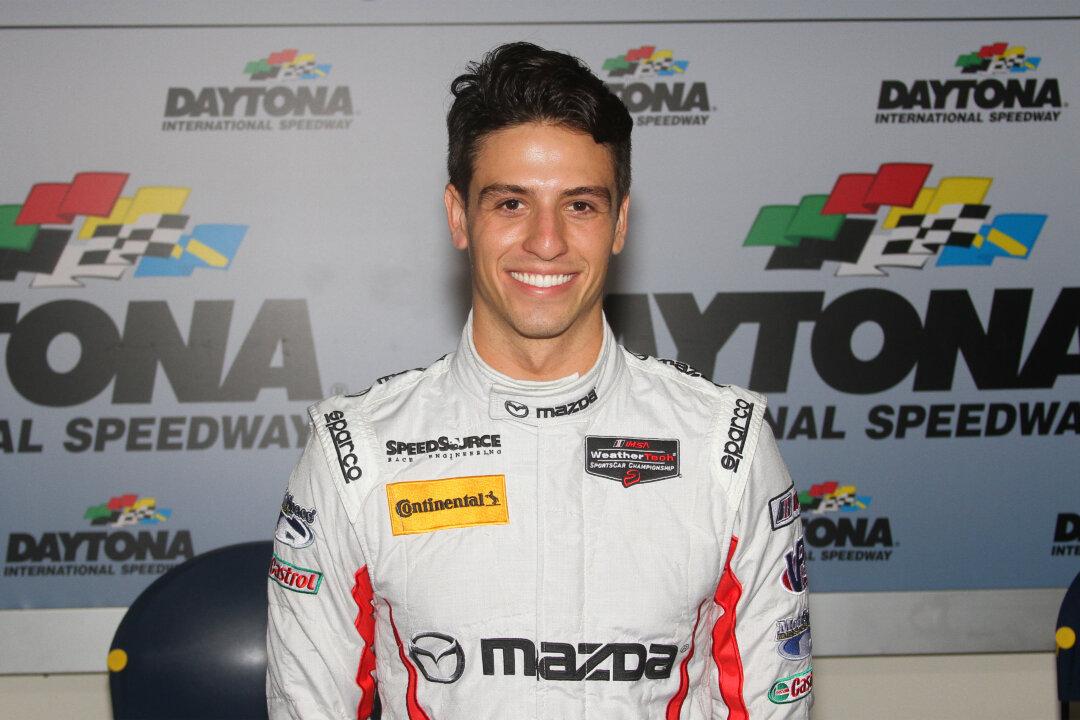DAYTONA BEACH, Fla.—An amateur phenom at 15, an international race winner at 16, a winning pro driver at 17, a factory driver at 18, a backmarker at 19, and a championship contender again at age 20—in five years the career of Boca Raton, Florida’s young road racer Tristan Nunez has taken him both higher and lower than most people will ever reach.
After years of winning everything he entered, Nunez had to endure two seasons in a slow car—but based on his performance at the 2016 IMSA WeatherTech Roar Before the 24, the dark days have passed. Tristan Nunez is once again turning lap times on par with the fastest drivers on the continent—because he is once again driving a car worthy of his potential.
Nunez drives the #55 Mazda Prototype in the IMSA WeatherTech SportsCar Championship, a car which had been painfully slow for its first two seasons. With a new engine for 2016, the car has come to life, and Tristan Nunez is once again poised to win every race he enters.
“It feels like I’m back at my roots,” said a laughing Tristan Nunez after his powerful performance at the Roar Before the 24.
Meteoric Rise—and Fall
Tristan Nunez created quite as buzz in sports car circles when he stepped into an IMSA Lites car at age 15 and blew away the field of young up-and-comers and seasoned veterans alike. His rise continued at astonishing speed as he got a ride in a Prototype Challenge car the next season.
At age 17 he was a race winner in the two major professional sports car series in North America. His talent was noted by the folks at Mazda Racing who had already offered him a seat in their diesel-powered Rolex Series GX-class Mazda6.
By age 18 he had achieved what most racers want and very few achieve: he was a contracted factory driver for a major manufacturer, entrusted with Mazda’s brand-new Lola-based diesel-powered prototype in the IMSA WeatherTech SportsCar Championship (then called the Tudor championship.) All that remained was for him to show up for work every day and end up on Victory Lane at Daytona, Sebring, and eventually, Le Mans.





